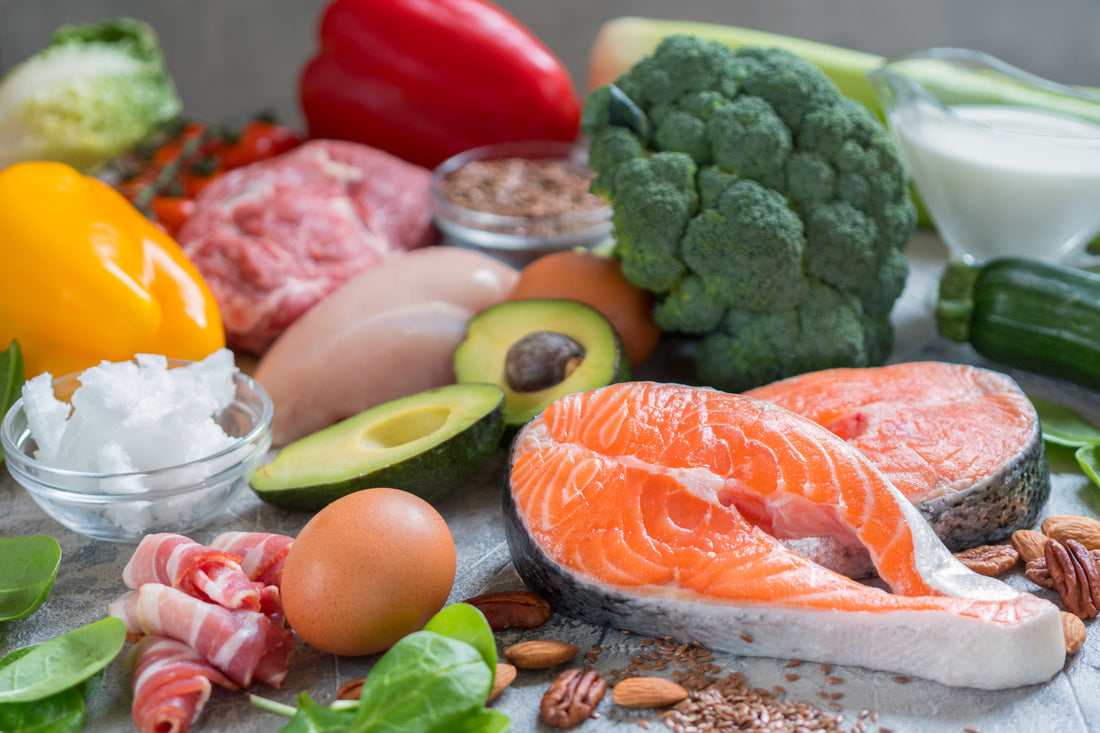Low-quality carbohydrates make up about 40% of the average American's diet. A large amount of these carbohydrates include sugars and refined carbohydrates that don't do much for the body apart from making it fat.
If you've been wondering about how to cut carbs then you've come to the right place. Cutting carbs might seem like a daunting task at first, but once you better understand what you should be eating instead you'll find it much easier to eat fewer carbs.
In this article, we'll take a look at 10 tips to help you cut down on carbs and lead a healthier life.
1. Start the Day With Protein
How you start the day is a lot more important than you might think. Refined carbs that you might get with your croissants, toast, and cereal lack fiber so they are digested quickly. This can leave you feeling hungry soon after breakfast.
The best way to start your day is with a protein-rich breakfast. Protein helps you feel full for longer because it reduces the level of the hunger hormone, ghrelin.
2. Focus on Non-Starchy Vegetables
To cut down on carbs, it's important to reassess what kind of carbohydrates you're eating. While it might not be possible to eliminate carbs from your diet, you can choose foods that are lower in carbs.
Starchy vegetables such as white potatoes, carrots, and corn are high in carbohydrates and can cause your blood sugar to spike. Replacing starchy vegetables with non-starchy alternatives is a great way to cut down on carbs.
A few examples of non-starchy vegetables include:
- Brocolli
- Cauliflower
- Asparagus
- Tomatoes
- Spinach Eggplant
Non-starchy vegetables tend to have a higher nutrient content too, so eating them instead of starchy vegetables is a great way to ensure you are consuming a full macro and micro-nutrient profile.
3. Cut Back on Fruit Juice
Fruit juice is a hidden evil when it comes to carbohydrates. They might boast of being packed full of vitamins and minerals, but they keep quiet about the amount of sugar in them.
The problem with juicing fruit is that fruit juice contains the same amount of sugar as fruit, but there is no real digesting involved. Fruit juice is just a pure sugar hit. A 250ml serving of fresh orange juice contains 20g of sugar!
4. Avoid Drinks With Added Sugar
This should be a given, but check the labels of the drinks you're drinking. Many drinks, especially sodas, have loads of added sugar in them. Even flavored waters sometimes add sugar.
Sugar in liquid form is the worst type of carbohydrate you could have. It goes practically straight to the bloodstream where it spikes blood sugar levels and then gets converted to fat.
5. Use a Nutrition Tracker
One of the biggest problems people face when trying to cut down on the number of carbohydrates they consume is losing track of what they're eating throughout the day.
Nutrition trackers are a great way to log everything you eat so you can see exactly how many carbohydrates you're eating throughout the day. They will help you identify the foods you should be avoiding.
6. Drink Plenty of Water
When it comes to beverages, water should be your go-to. Water is essential for just about every process in the human body, including digestion. It has exactly 0g of carbohydrates per serving and will help you to stave off hunger.
Quite often when you're feeling hungry or tired, you might just be dehydrated. So leave the high carbohydrate energy drinks and snacks to one side and try just having a glass of water.
7. Take Advantage of Carb Blockers
Carb blockers are a supplement that can help the body reduce the number of carbohydrates that are converted to fat. If you're eating carbohydrates around a workout then this isn't necessary as the carbohydrates will be converted to glucose and used for energy.
However, if you're eating a meal and there is no demand for glucose, then the body will store it as fat. Carb blockers can be taken around the same time as any meal where you won't be requiring any extra energy.
8. Opt for Whole Grains
Refined carbohydrates contain little fiber and don't have much in the way of nutritional value. They are digested quickly and cause a spike in blood sugar. Whether it's your breakfast cereal, pasta, bread, or any other type of food, you should always opt for the whole grain alternative.
Whole grains such as oats, quinoa, buckwheat, and corn have a higher fiber content than their refined alternatives. They also contain more micronutrients and take longer to digest, meaning they won't spike your blood sugar and provide sustained energy release as supposed to being converted to fat.
9. Try Paleo
The paleo diet is not for everyone, and going strictly paleo might be overwhelming at first. However, leaning towards paleo-friendly foods is a great way to increase your exposure to low-carb foods.
The paleo diet is based on what hunter-gatherers might have eaten before mass farming. The paleo diet has been found to have a number of health benefits, many of which are associated with eating less high glycemic index carbohydrates.
This Is How to Cut Carbs
When it comes to finding a sustainable diet, learning how to cut down on carbs is the best way to gradually change your diet for the better. By following the nine steps on how to cut carbs given in this guide, you'll be able to make adjustments to your diet without being overwhelmed by any sudden changes.
If you're looking for tasty low-carb alternatives for your favorite snacks and meals, then be sure to take a look at our store for a wide selection of guilt-free low-carb foods to help you in the right direction.


